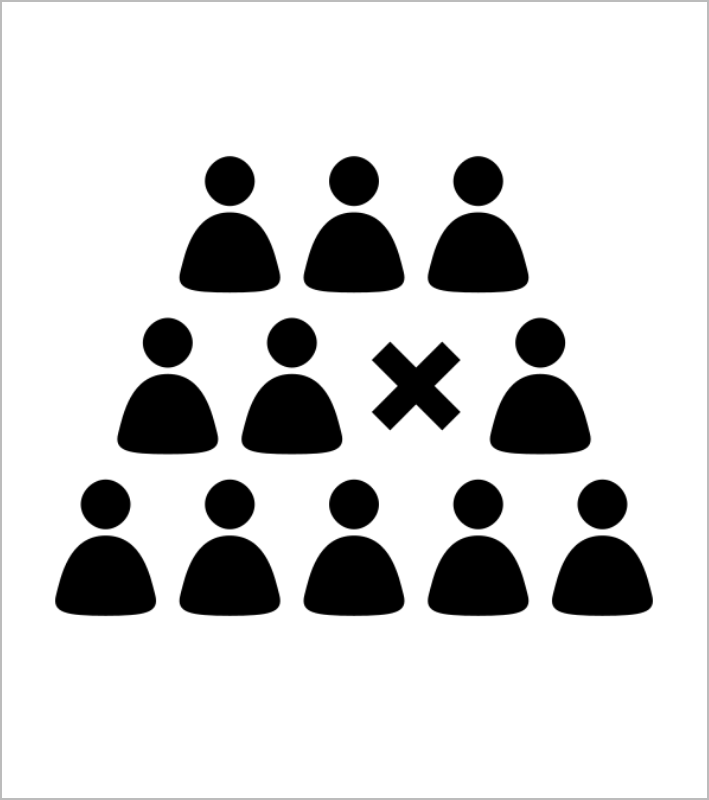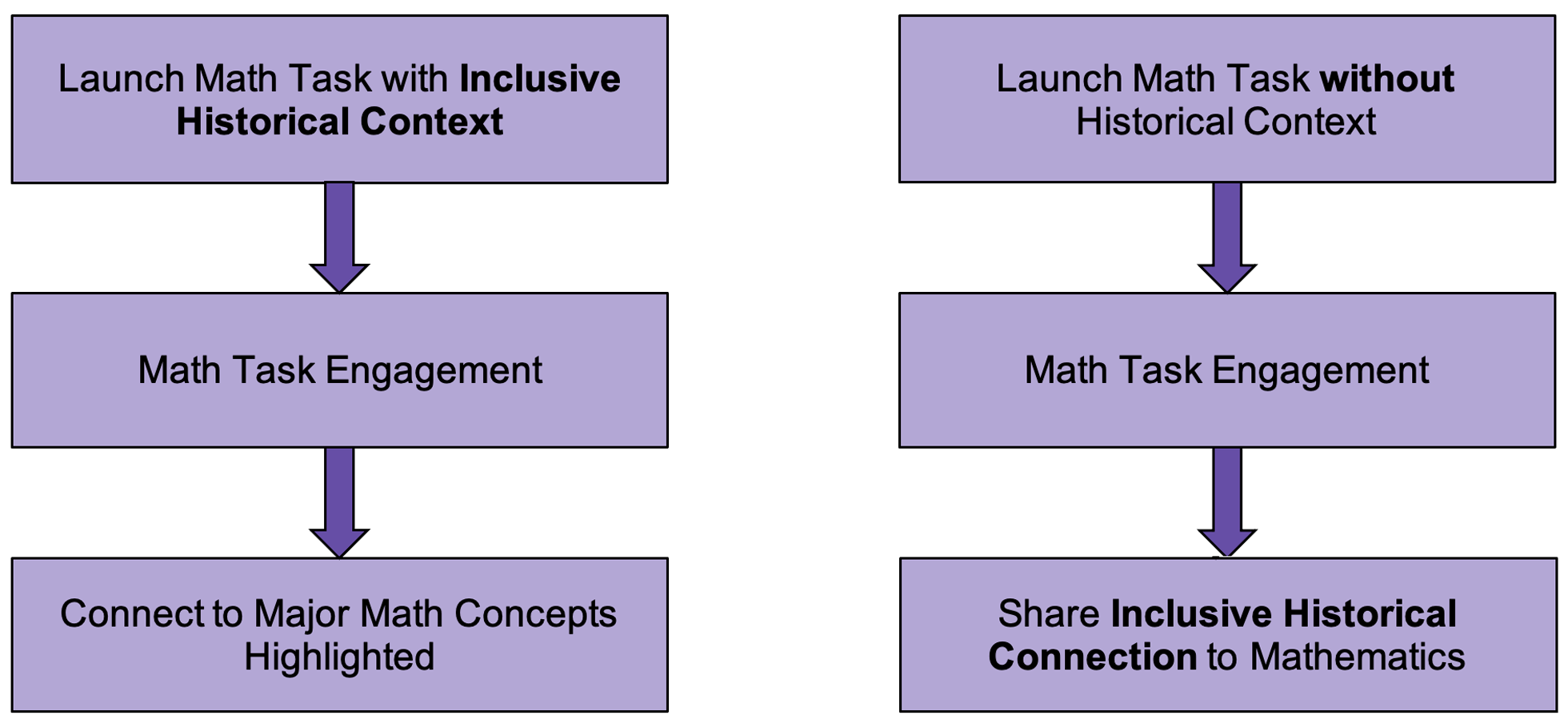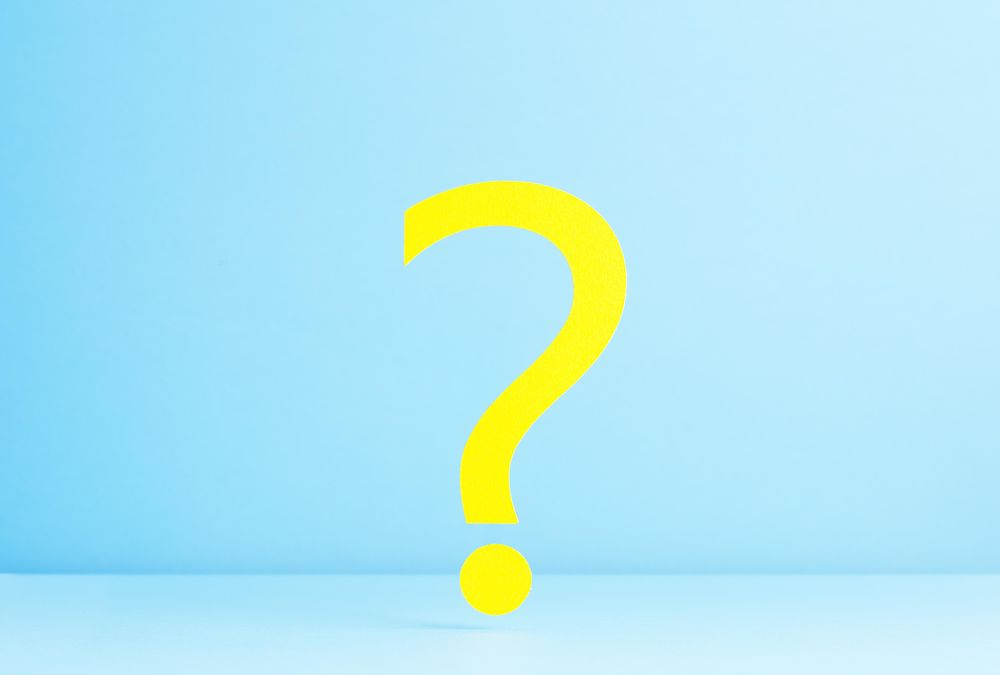Who Really Invented Math?: A Need for Inclusive Math History in K-12
by Nancy Buck and Najla Purdy
“When am I ever going to use this?” We, the authors, have been talking about math education since we met eight years ago, and trust us, this is not an easy question to field. Teachers can’t really predict which mathematics problems a student will face, so the quick answer has become, “In the future you’ll come across a problem and “presto” you will see the relevance of this bit of information.” In all fairness, while this is a time-saving response for the teacher, it does not address the real issue, which is “Why does the American student ask this question in the first place?”
As we know, resolving America’s dislike (or distrust) of mathematics is deeply embedded into our inability—as a nation—to fully appreciate the ways that math has fundamentally enriched human existence. We have little understanding of math history, which in turn, allows most Americans to demand immediate problem-solving answers instead of investigating the beautiful structures that mathematics provides.
Over the years, these conversations led us to think about why the history of math is missing from our curriculum. In thinking about how we could begin to incorporate this absent content, we realized that there were two key questions to consider; first, how do we bring history of math into an already crowded curriculum, and second, how do we ensure that the history we bring into mathematics classrooms is inclusive? In thinking about these two questions, we came across a common phrase that we began to question.
“Math is a universal language” is said with such good intent. The idea is that math is math no matter where you are in the world, no matter where you are in the universe. However, in thinking about the little math history we learned as kids, the universe seems to be as big as Europe, not as big as the world and certainly not as big as the universe. When our students hear this phrase, do they feel included or excluded? Do they feel like they belong to a large math universe that is filled with many discoveries from various cultures? Do they understand the amazing opportunities that each person, regardless of gender or color, has to explore mathematical structures and resolve mathematical questions?
Euclid, Pythagoras and Fibonacci are names we probably heard somewhere in our math experiences. When you hear these names, what comes to mind? For many, these names, and the stories attached to them, forge an imprint of who gets to author important mathematical ideas. There are stories of Pythagoras, who is known most widely for the theorem that holds his name. He is credited for “discovering” the relationship between the lengths of the sides of a right triangle and the area of squares. This story of Pythagoras’s discovery might be intriguing, however, there are important details missing from his story. Pythagoras’s interest in mathematics and astronomy led him to travel to Egypt in order to expand his understanding. This is where he learned about the theorem named after him. By leaving out this part of his story, we are shrinking our universal math language. Therefore, before we use that “Math is a universal language” statement, we have to go back and find the parts of that universe that have been erased and try to find a way to unerase them.

When students learn mathematics with incomplete stories and half truths about who authored important ideas, a message is imparted. There is a silent curriculum that is taught, shaping the identities of all students as doers of mathematics.
More recently, the story of Katherine Johnson has been recognized as one worth elevating. Her story is just one of many that have been erased from history. Colleagues Katherine Johnson, Mary Jackson and Dorothy Vaughn’s contributions to the United States Space Program were not widely known until a 2016 movie brought their work to the public’s attention and served as a mirror for African American children. Representation matters and it might have affirmed the desire of those who considered pursuing their math or gave hope to those who did not see themselves as mathematical thinkers. It also serves as a window for others to expand their view of creators and holders of knowledge.
Over the years we have learned that teaching math goes beyond teaching students how to solve problems. Teaching math requires careful planning and execution in order to impact students’ experiences and identities. That leads to the question, “How can we use inclusive stories of mathematics as opportunities to positively shape students’ math identities?” There are ways to make room for an inclusive math history alongside solid instruction.
We explored an approach developed through our initial interaction of playing math games and solving puzzles. Math puzzles and games are created all around the world and have stories of origin that are questionable and even disputed by various historians that find alternate stories to counter popular belief. For instance, the math puzzle Magic Squares was first made popular by a French mathematician, Bernard Frenicle de Bessy in the 17th century (Pickover, 2009). After digging for other stories, we found that some say the concept of magic squares originates from a Chinese legend dating back 4000 years (Muhammad, 2017) while we also found mention of written evidence of magic squares coming from China thousands of years after that. We also came across an interesting story about Muhammad ibn Muhammad al-Fullani al-Kishnawi, a man in West Africa, who wrote a manuscript to find magic squares up to order 11 during the18th century (Muhammad, 2017). The stories and histories behind mathematical games can be used in instruction to anchor mathematics and inclusive math history.
We have developed a framework (Figure A) to show two entry points teachers can use to reveal the hidden stories of the many mathematics contributors. An inclusive history can be shared to launch a math game, puzzle or task. Alternatively, the history can be shared after students engage in mathematics. Figure B provides examples that show how this framework can be applied for each grade band. The intention is to make connections between the math students are studying and their ancestral roots and show that math was not just randomly created by random people. Math was developed and uncovered as a way for our ancestors to understand the world around them. How can this framework help students use mathematics to uncover their current world?
Figure A

Figure B

The history of mathematics might be last on the list when it comes to the priorities in a math classroom. We advocate for it to be prioritized because of the great impact it can have on students’ view of themselves and others. We must begin to shift students’ mindsets about how they identify in a math space, helping them to see that the contributions to mathematical thinking has come from many people, places, cultures, and genders. It is just as important for teachers to learn the missing stories that contribute to our understanding of mathematical history because it can impact their math identities as well. We have learned so much while on this journey ourselves and we shape our own math identities as we seek the truth and find the historical gems that were hidden from us. We hope you are inspired to search along with us.
References
Demi (1997). One grain of rice: A mathematical folktale. Scholastic Press.
Joseph, G.G. (2011). The crest of the peacock: Non-european roots of mathematics (3rd ed.). Princeton University Press.
Muhammad, M.S. (2017). Science and mathematics in the arabic manuscripts of Nigerian repositories: An analysis of magic squares. Arewa House.
Pickover, C.A. (2009). The math book: From pythagoras to the 57th dimension, 250 milestones in the history of mathematics. Sterling.
Singh, S. (2020, July 20). How to begin bringing rich and inclusive math history resources inside K to 12 classrooms. Medium.
Wright, C. (2018). 13 interesting facts about math in ancient Africa. Mind.
Voolich, E.D. (2001). A peek into math of the past. Dale Seymour Publications.
The contents of this blog post were developed under a grant from the Department of Education. However, those contents do not necessarily represent the policy of the Department of Education, and you should not assume endorsement by the Federal Government.
This work is licensed under CC BY-NC-SA 4.0
Math for All is a professional development program that brings general and special education teachers together to enhance their skills in
planning and adapting mathematics lessons to ensure that all students achieve high-quality learning outcomes in mathematics.

